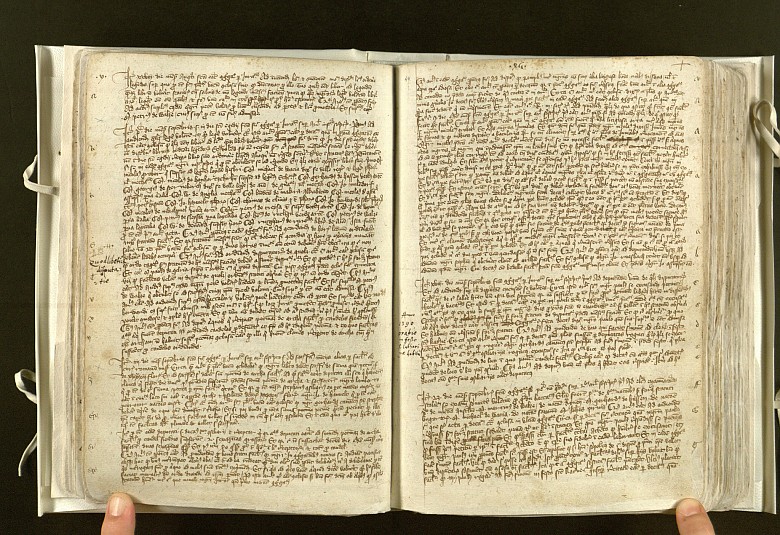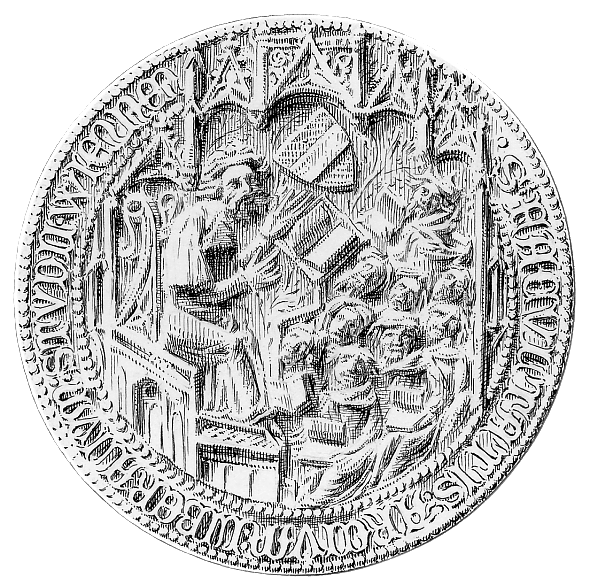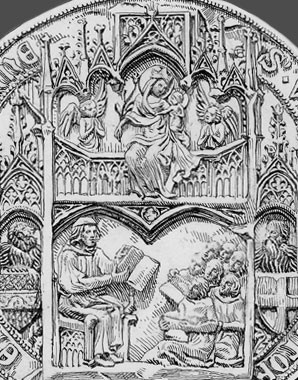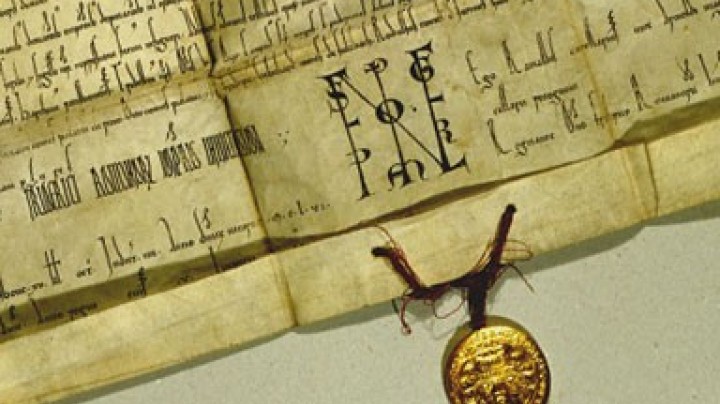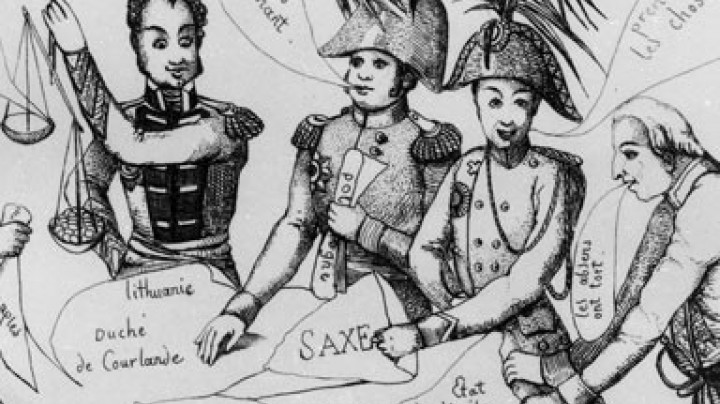Teachers and students at Vienna University
From the fourteenth century the numbers of teachers and students at the Alma Mater Rudolphina (the Latin name of the university, after its founder, Duke Rudolf) rose considerably, as evidenced by the university rolls, which go back to 1377.
Between 1375 and 1400, 3,600 students studied in Vienna, and their numbers increased steadily. This was not only due to the quality of the teaching but also to the relatively low fees and cost of living in the city. In the fifteenth century the university had around 6,000 students, the highest number in the territories of the Holy Roman Empire. Until the period of the Reformation, Vienna had the largest university in the German-speaking countries.
The students came from all classes of society, from Austria, southern Germany and eastern Europe. Women were not permitted to study. The arts faculty had few students from the nobility or patrician classes, but around twenty per cent of all students enrolled were classified as poor, although this category was relatively broad. The students were considerably younger than today: 14- to 16-year-olds could enrol at the arts faculty. To attend the university one had to matriculate and be proficient in Latin. As at the Latin schools, the use of Latin was compulsory. As new students often possessed inadequate knowledge of the language, tutoring groups were established in the students’ accommodation. Very few students could afford to buy textbooks and had to rely on taking down what they heard at lectures.
The four faculties of the medieval university were hierarchically structured: at the head was the faculty of theology followed by jurisprudence, medicine and the faculty of arts. Students from the first three faculties often taught at the latter or at local schools. After completing their master’s degree, graduates had to teach at their own faculty. Hardly any of the university teaching staff came from the upper social strata, most being from the middle strata of the urban burgher class, and some even being of peasant origin. Thus education represented a way of rising in society.
